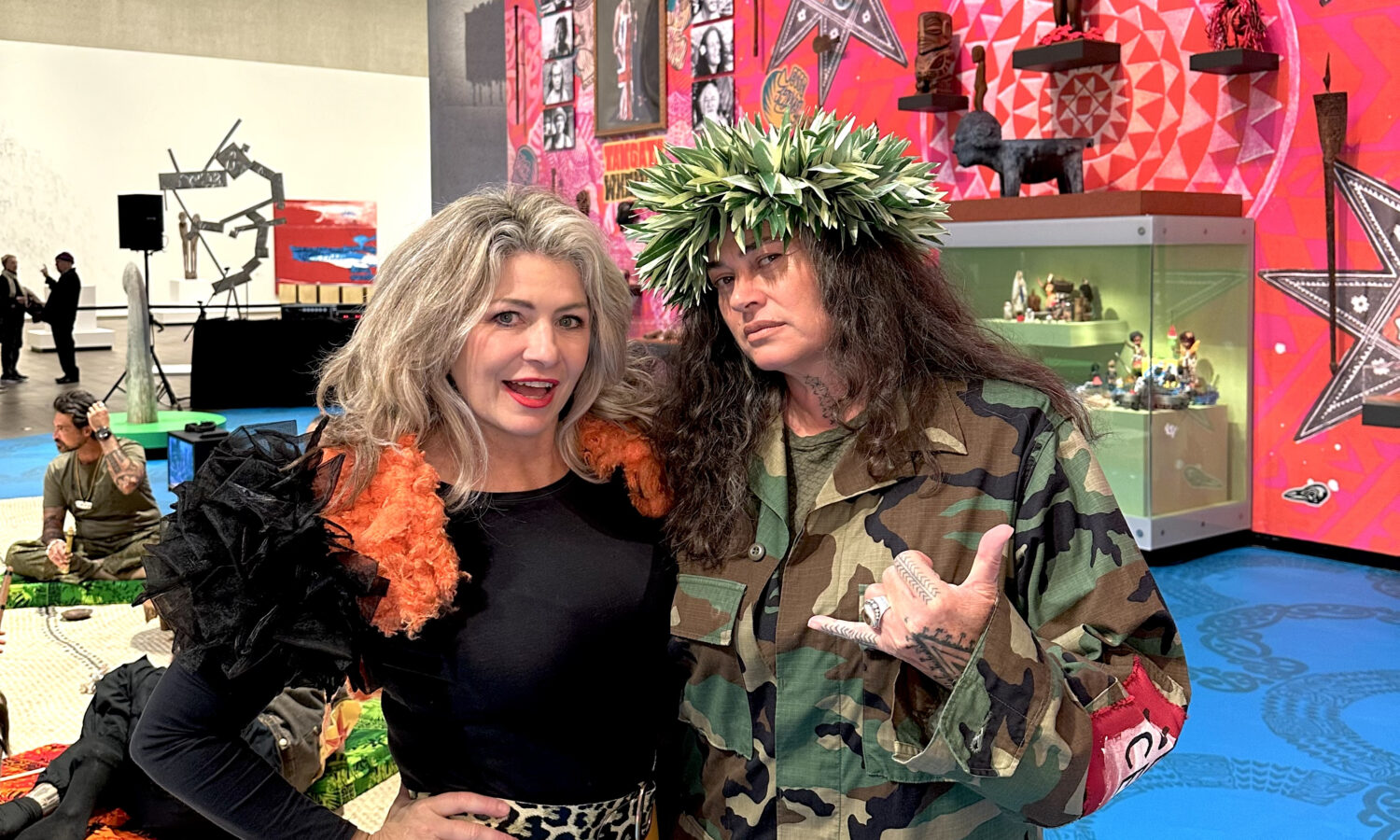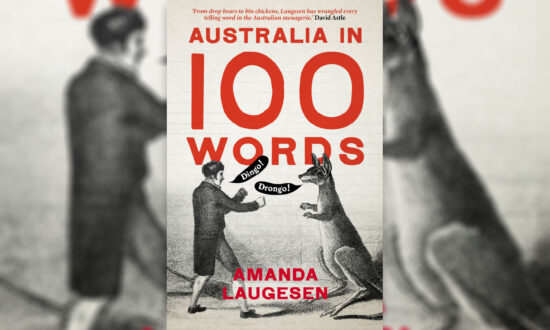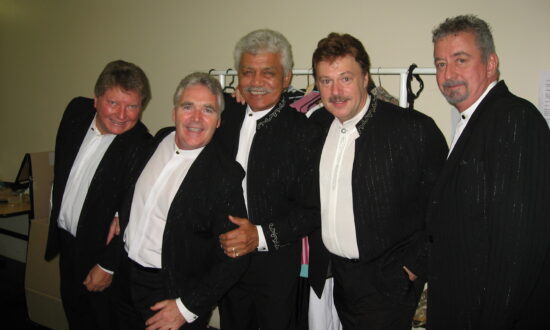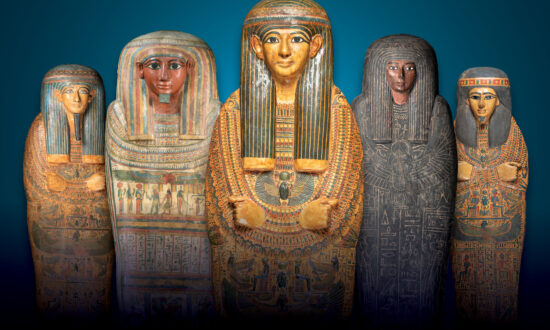It’s a continuous conversation and critique within the art and music world: can you love the art but loathe the artist?
Gauguin’s World: Tōna Iho, Tōna Ao opened at the National Gallery of Australia in Canberra in June. The question was exactly what I was thinking, along with: why are we still talking about this French artist?
The NGA exhibition is a contradictory world that you walk into because Paul Gauguin (1848-1903) was a contradictory man, an innovator, one who changed the course of art history. He was renowned for his colour and form, maybe one of the greatest colourists of modernist art. He lived outside the square.
But at the same time his work clearly documents the sexual abuse of young women: he fathered children to three young women under the age of 14 in Tahiti. So, there’s a massive issue with both him as a person and what’s innate to his work. In many of Gauguin’s paintings these young women are the subject, centred by his male gaze, a male consideration that they’re sexual objects of desire.
Considering that, should we even show Gaugin’s work or should he be completely cancelled?
My feeling is if you take this work off the wall, you are then taking that conversation out of the public domain. You are putting it away in the dark. I think more than ever we need to have these conversations around sexual abuse of women, the effects of colonisation and artists like Gauguin in an area like Polynesia where there are still ramifications around the idealisation of what that place is. “Paradise”, the mythology, or otherwise.
As NGA director Nick Mitzevich said to me when I was in Canberra to view the show: “Bringing Gauguin to the Pacific comes with big responsibilities.”
What Mitzevich does with the exhibition is very powerful, by taking a problematic history, matched with a strong contemporary art framework, query,and critique. It offers space for those most effected by the issues the work brings up, Polynesian women artists.
The exhibition also features a counterpoint – New Zealand artist and scholar Rosanna Raymond and her SAVĀGE K’LUB: Te Paepae Aora’i – Where the Gods Cannot be Fooled.
Raymond says people have been talking about her exhibition: “They say, oh, that’s a really nice counter narrative and, I’m like, actually we’re not the counter narrative, we are the narrative!”
When I ask why we are still talking about Gauguin, Raymond replies: “I don’t pay that much attention to him and I’ll just keep calm and carry on and bring forth what’s happening today because we can’t change the past and he died poor and alone and none of us really want to die like that.”
“The Western framework managed to uplift him and then in uplifting him it squashed all the other aspects of the creative Pacific arts,” Raymond says. “The Western art world will spend millions and millions of dollars on Gauguin and then we get the crumbs. So, it was really nice to be offered a space in front of Gauguin, like not behind, not in the corner but actually you have to walk through the SAVĀGE K’LUB to get to Gauguin, so that was rather a delicious little challenge.”
The exhibition is also accompanied by a brilliant podcast hosted by award-winning Samoan-Australian journalist Sosefina Fuamoli. This four-part podcast series explores the social, political and art historical themes surrounding Paul Gauguin, asking: can you love the art but loathe the artist?
Nick Mitzevich explained to me why we are still talking about Gauguin.

Get InReview in your inbox – free each Saturday. Local arts and culture – covered.
Thanks for signing up to the InReview newsletter.
“Gauguin is the opportunity to open the discussion and widen our exposure to Pacific art and artists from French Polynesia and to celebrate a historical figure who has a complex relationship with the modern world we’re in right now,” he says. “But that shouldn’t preclude us discussing the past and what the past does is open up the opportunity to talk about the now.
“This exhibition is located within the Pacific, so in this contemporary context we elevate the voices of artists that are making art in French Polynesia and Samoan today, to ensure that we tell a contemporary story about art in the Pacific.”
For me this exhibition is about the magic power of art to bring healing, to help us understand the past and make sense of the present. In Raymond’s words it’s about the “vā” a Samoan term for space. This space is not a linear space, or indeed an empty one. The vā here is activated by people, binding people and things together, forming relationships and reciprocal obligations.
Gauguin’s World: Tōna Iho, Tōna Ao continues at the National Gallery of Australia, Canberra, until October 7.
Support local arts journalism
Your support will help us continue the important work of InReview in publishing free professional journalism that celebrates, interrogates and amplifies arts and culture in South Australia.
Donate Here




